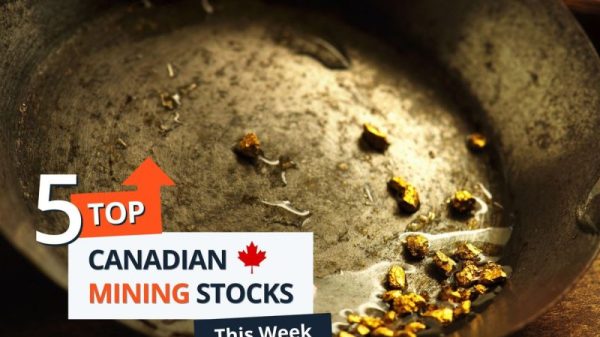A building block of life may exist inside the global ocean on Europa, one of Jupiter’s icy moons.
Two independent teams of astronomers used the James Webb Space Telescope to observe the frozen surface of Europa, and each analysis of the space observatory’s detections revealed an abundance of carbon dioxide within a specific region of the frigid terrain. Both studies describing the findings were published September 21 in the journal Science.
“On Earth, life likes chemical diversity — the more diversity, the better. We’re carbon-based life. Understanding the chemistry of Europa’s ocean will help us determine whether it’s hostile to life as we know it, or if it might be a good place for life,” said Geronimo Villanueva, lead author of the first study and planetary scientist at NASA’s Goddard Space Flight Center in Greenbelt, Maryland, in a statement.
Europa is one of several ocean worlds in our solar system besides Earth where scientists believe life could exist. Beneath a thick ice shell, Europa harbors a subsurface global ocean that may contain twice as much water as our planet’s oceans.
But environments suitable for life need more than water — they also require a supply of organic molecules and an energy source, according to NASA.
Scientists have long questioned whether Europa’s ocean contained carbon and other chemicals necessary for life.
When Webb data revealed the presence of carbon on Europa’s surface, the researchers conducted an analysis to see whether it was delivered by meteorites, or if it originated within the internal ocean.
Carbon dioxide appears to be concentrated in a region of “chaos terrain” on Europa called Tara Regio. The geologically young area contains ice that has been disrupted and resurfaced, suggesting that material has been exchanged between the ocean and the surface.
Carbon dioxide isn’t stable on Europa’s surface, which also led the two teams to the same conclusion that it was supplied by the ocean.
“We now think that we have observational evidence that the carbon we see on Europa’s surface came from the ocean. That’s not a trivial thing. Carbon is a biologically essential element,” said Samantha Trumbo, lead author of the second study and a 51 Pegasi B Fellow at Cornell University, in a statement.
Previously, the Hubble Space Telescope detected ocean-derived salt in the same region.
“We think this implies that the carbon probably has its ultimate origin in the internal ocean,” Trumbo said.
Investigating Europa
Astronomers used data from Webb’s Near-Infrared Spectrograph to identify the signature of carbon dioxide on the moon’s surface.
“Scientists are debating how much Europa’s ocean connects to its surface. I think that question has been a big driver of Europa exploration,” Villanueva said. “This suggests that we may be able to learn some basic things about the ocean’s composition even before we drill through the ice to get the full picture.”
Previously, astronomers made tentative detections of plumes erupting from the surface of Europa using the Hubble Space Telescope. Webb did not detect any plumes during its observations of Europa, but that doesn’t mean they don’t occur, according to the researchers.
“There is always a possibility that these plumes are variable and that you can only see them at certain times. All we can say with 100% confidence is that we did not detect a plume at Europa when we made these observations with Webb,” said Heidi Hammel, a Webb interdisciplinary scientist and vice president for science at the Association of Universities for Research in Astronomy, in a statement.
Two future missions will be able to take a closer look at Europa in the future, including the European Space Agency’s Jupiter Icy Moons Explorer launched in April and NASA’s Europa Clipper, expected to lift off in October 2024.
Both will investigate Europa’s potential habitability to see whether the icy ocean world could be hospitable to life.
Future observations of Europa with the Webb Telescope could help astronomers determine whether there are other concentrated regions of carbon dioxide on the surface, Trumbo said.
“I am also very interested in whether there is any evidence for organic molecules anywhere on the surface,” she said. “Our upcoming JWST data will help with that as well, but Europa Clipper will be able to get up close and personal and really peer at some of the finer-scale and most promising geologic regions.”







































